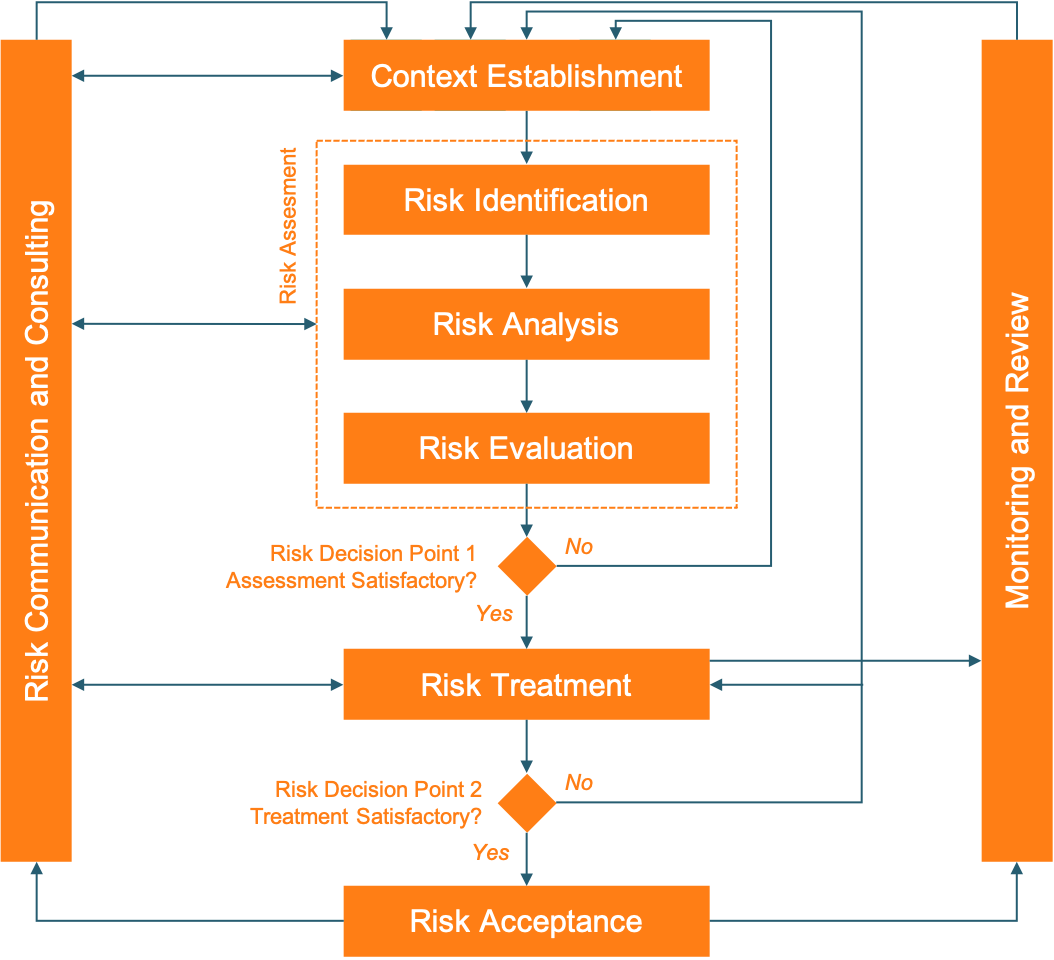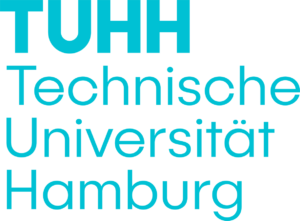The process of the ISO 27005 standard is shown below and includes two decision points. First, the context of a potential risk must be identified and evaluated. At the first decision point, it must be decided whether there is enough information about a risk or whether the Risk Identification and Assessment phase must be repeated. If enough information is available, the Risk Treatment can be started, after which, at the second decision point, the risk is considered to be minimized or a further iteration of the process must be performed. Finally, Risk Acceptance is an essential part of the process, since there is always a residual risk or a conscious decision not to treat a risk (e.g., for cost reasons).
35
 own illustration of Figure 2 in [35]
own illustration of Figure 2 in [35]


